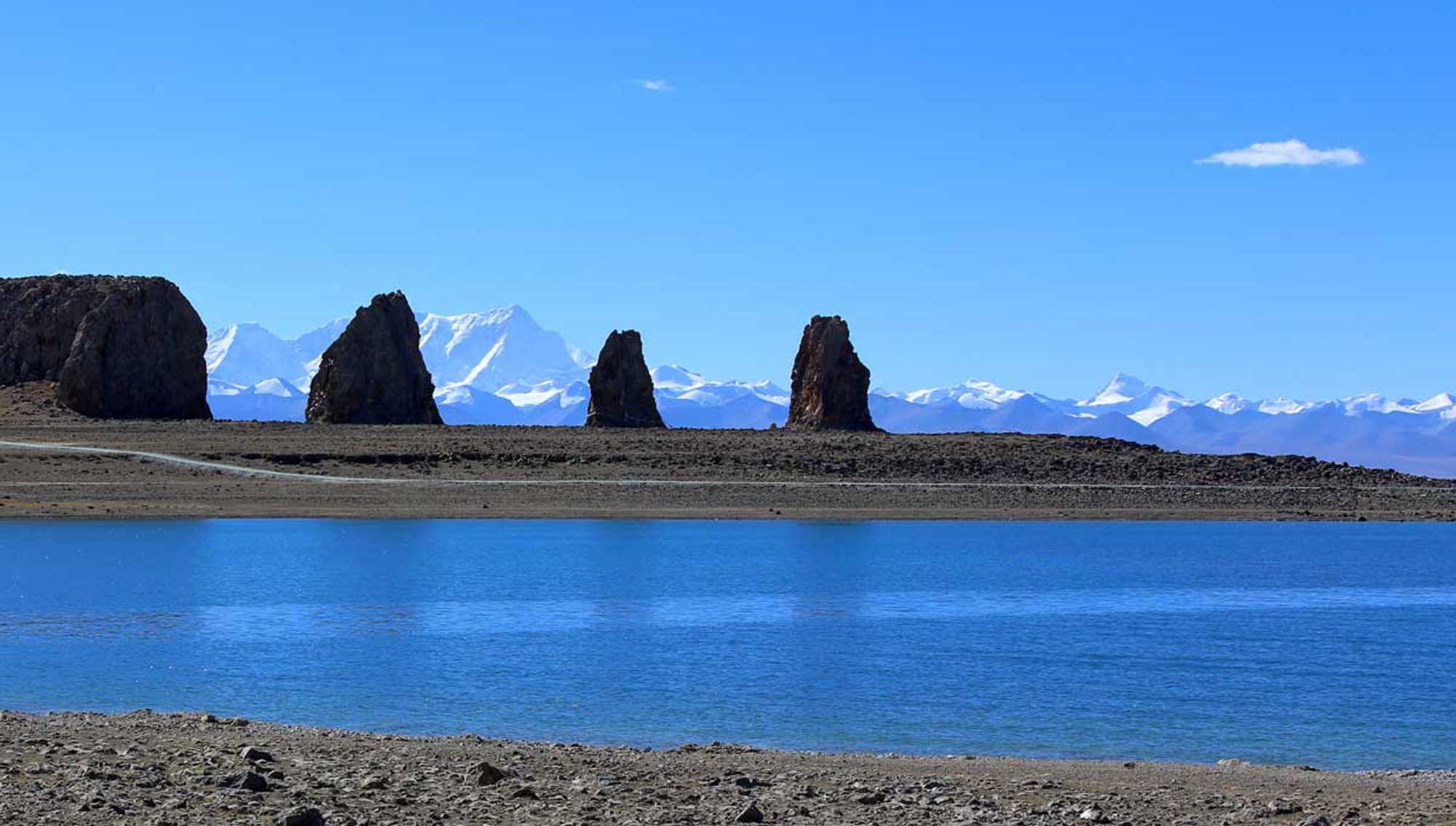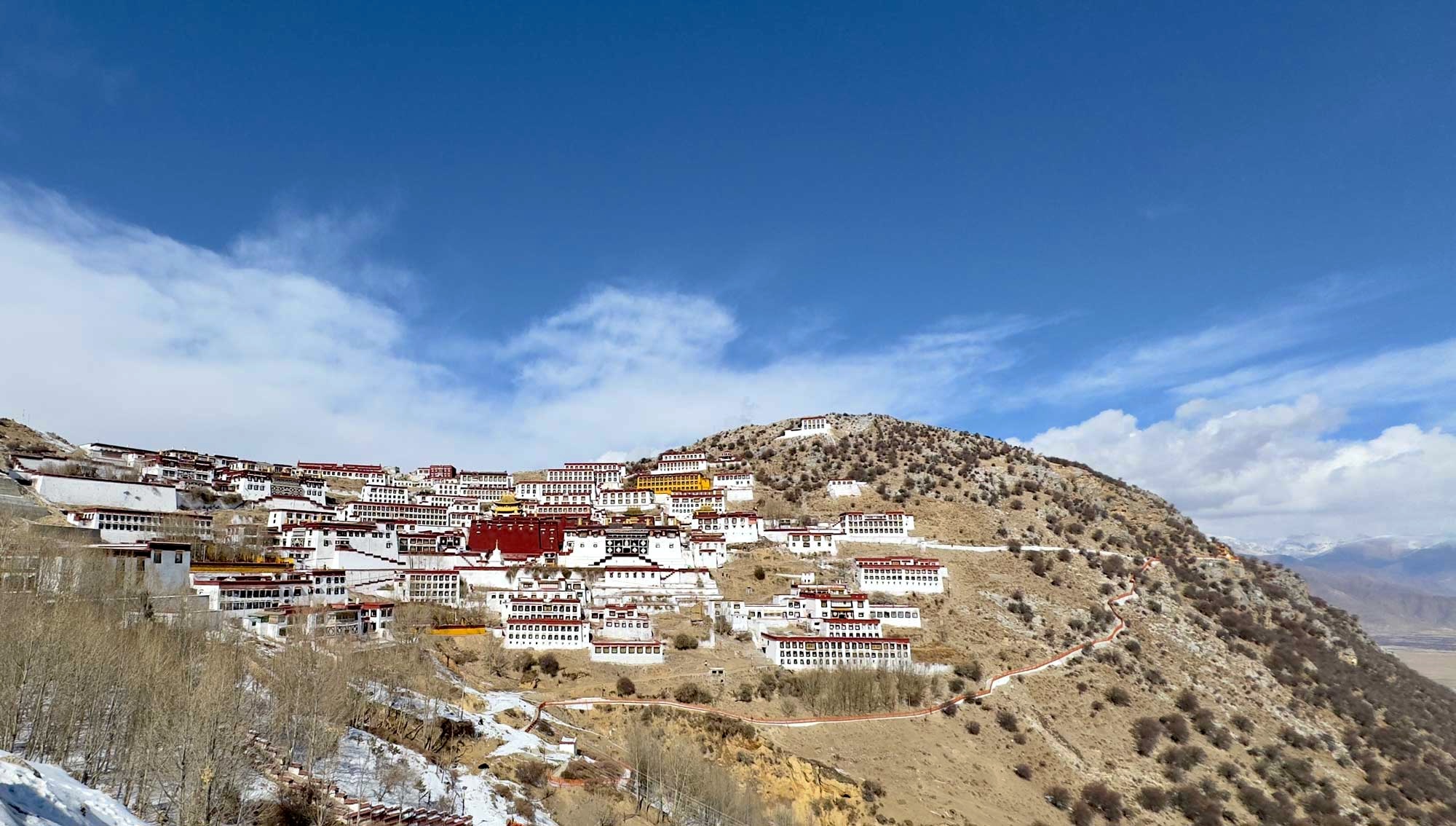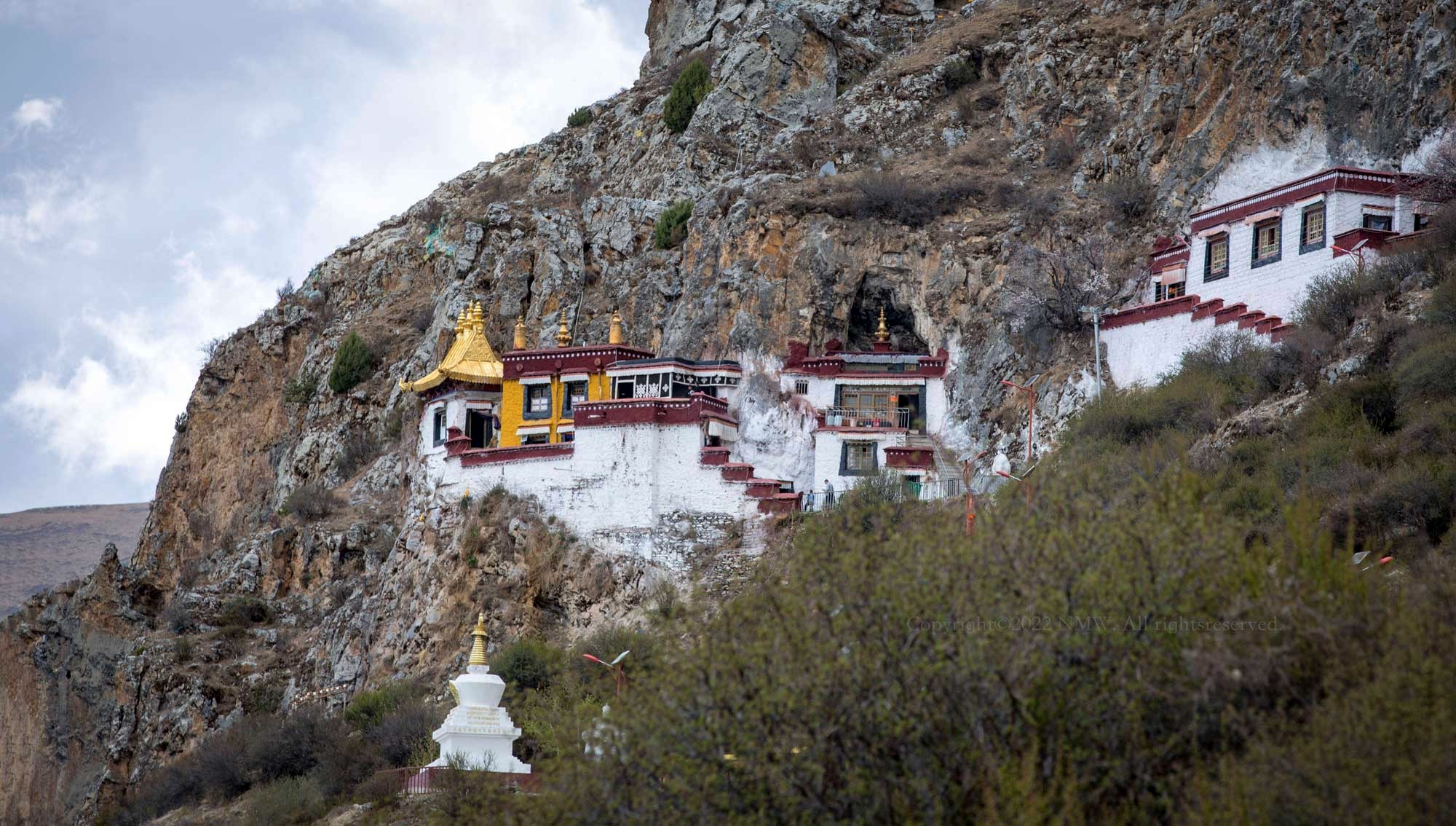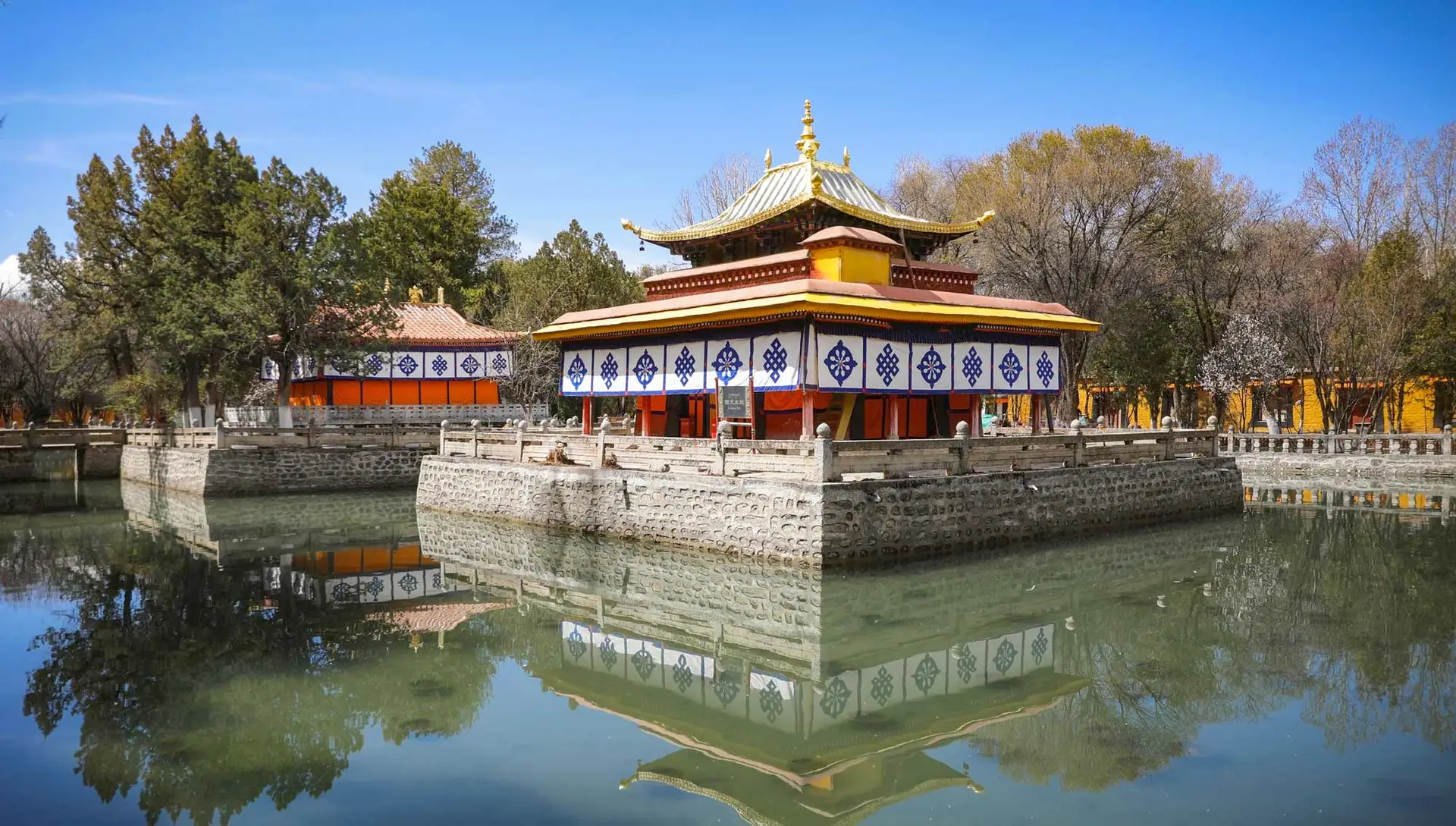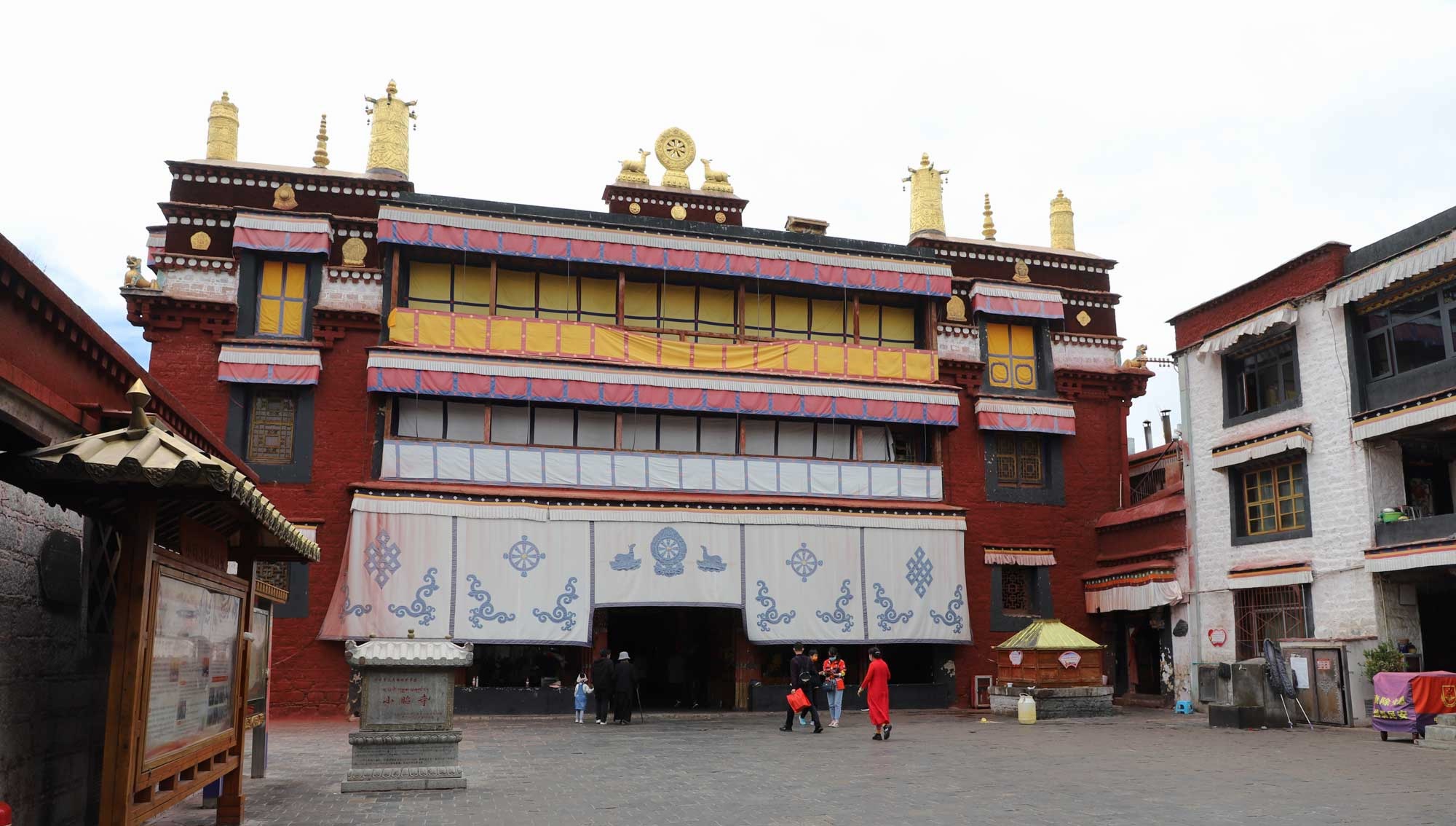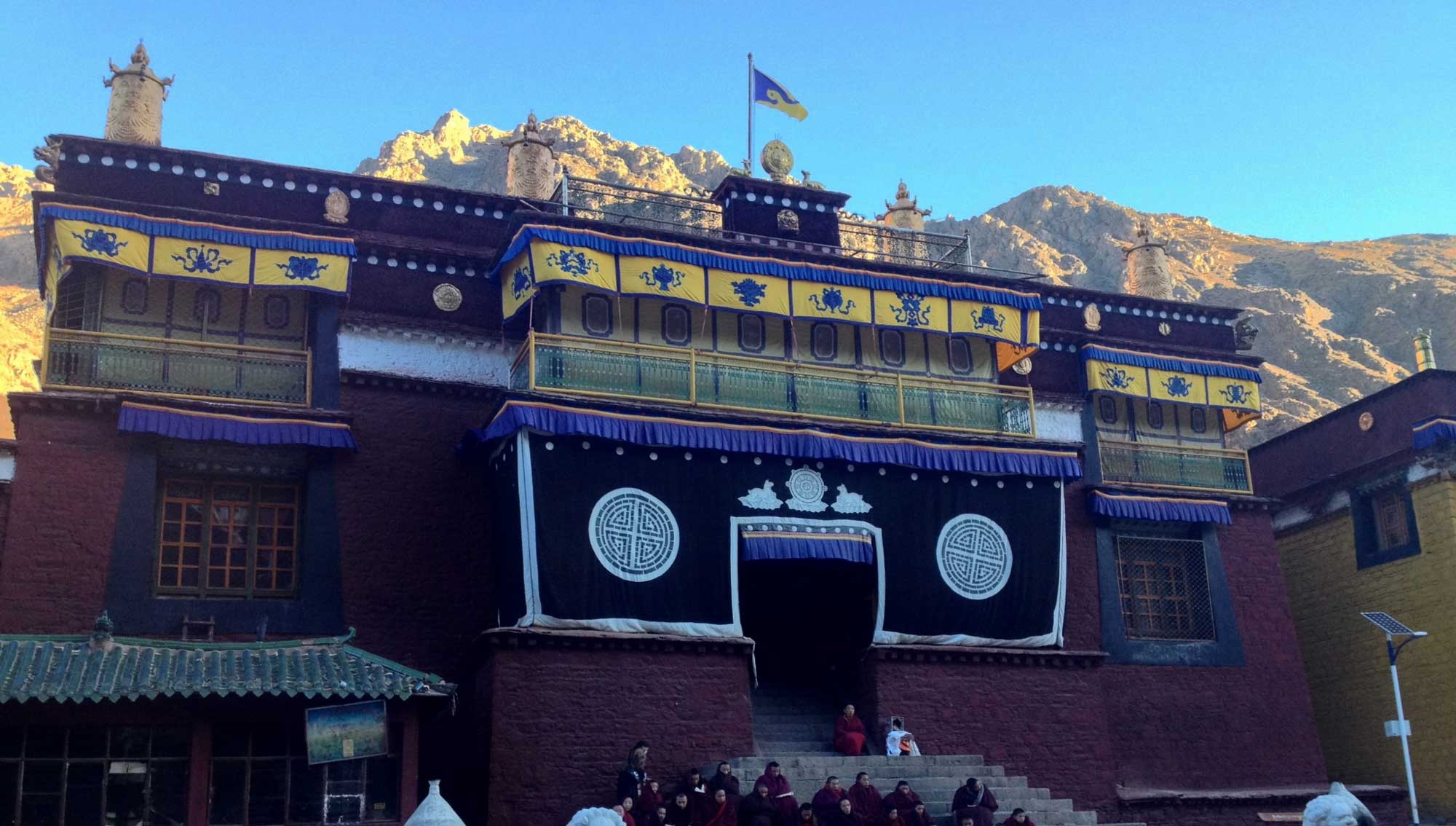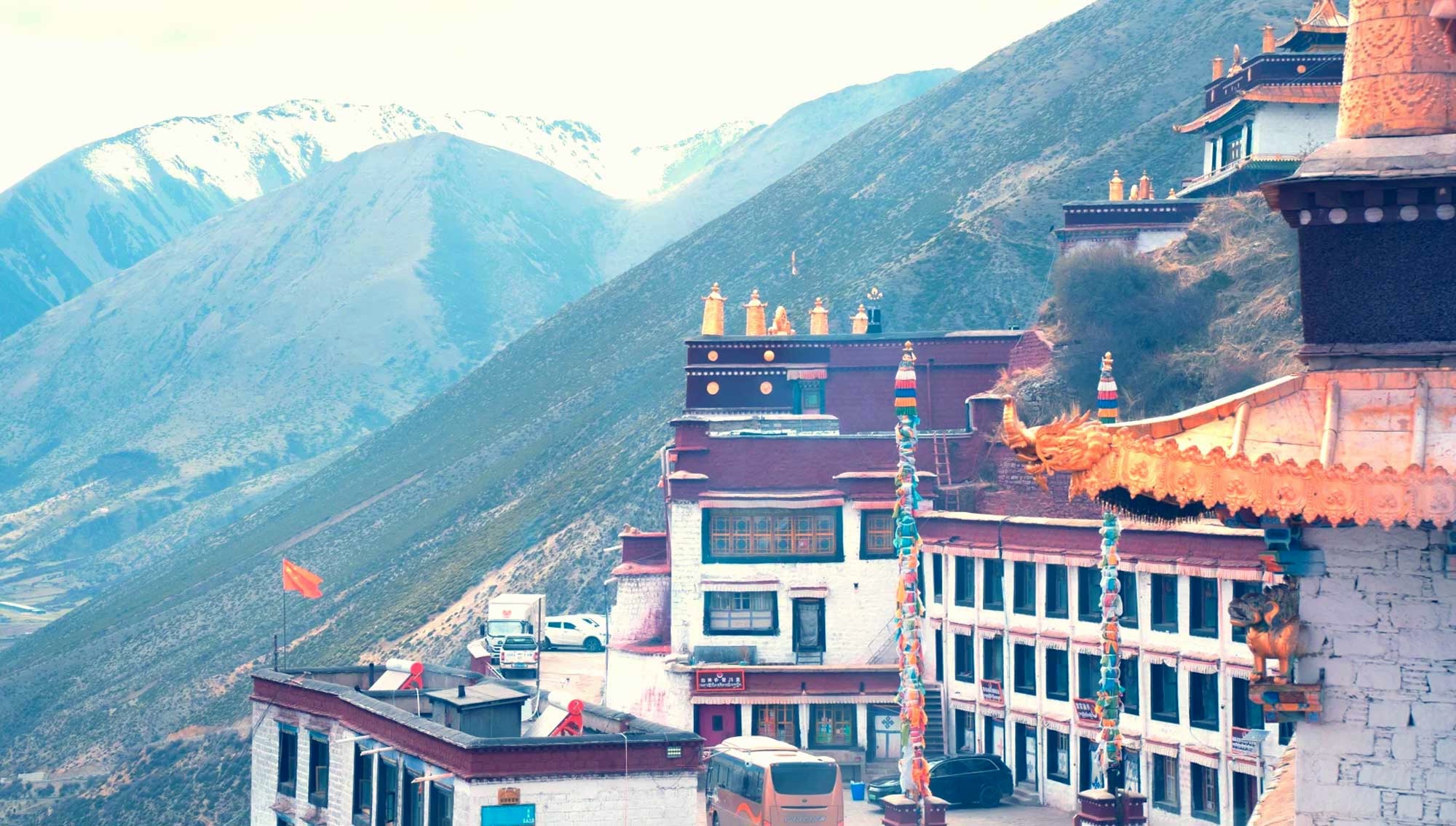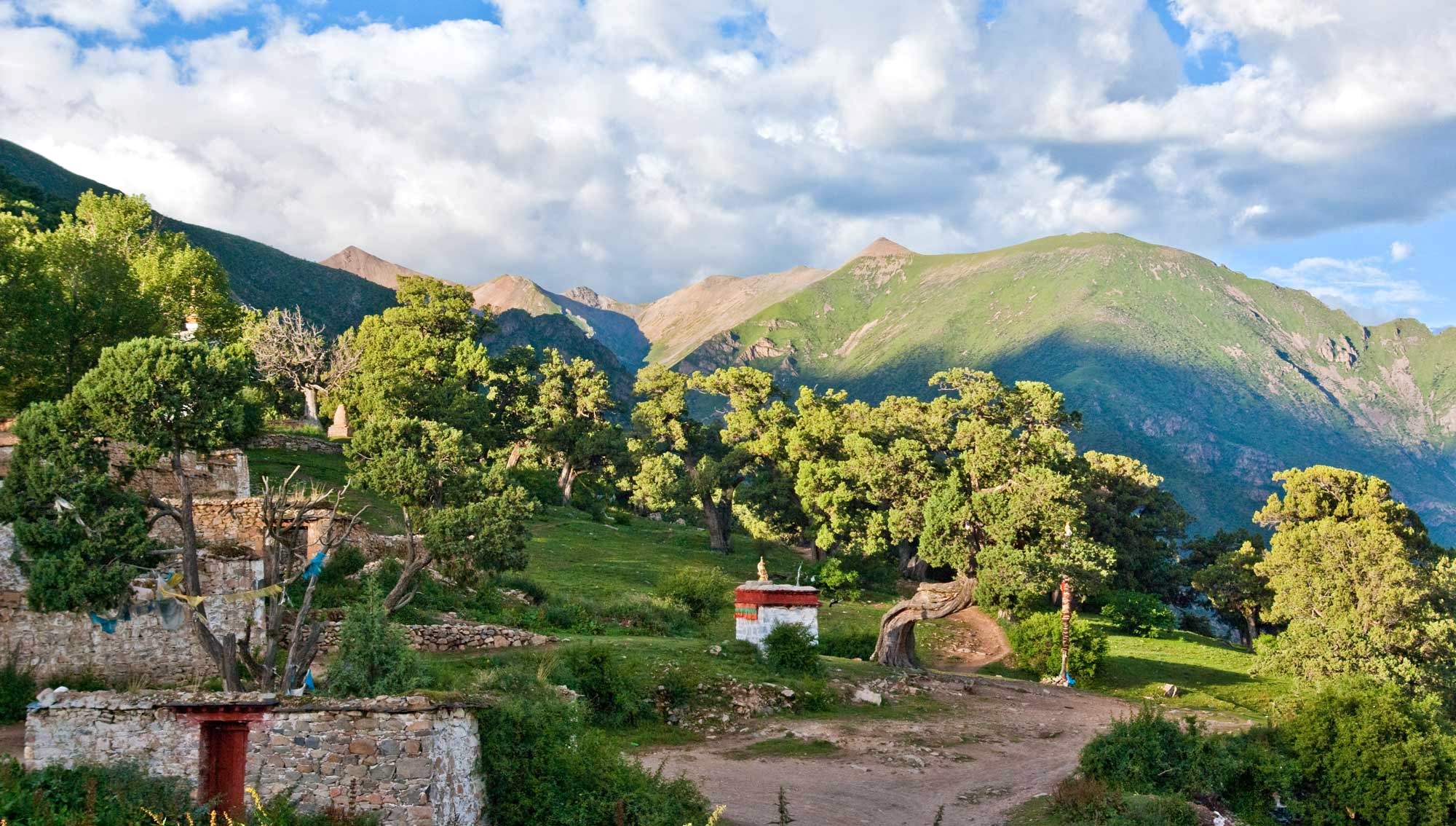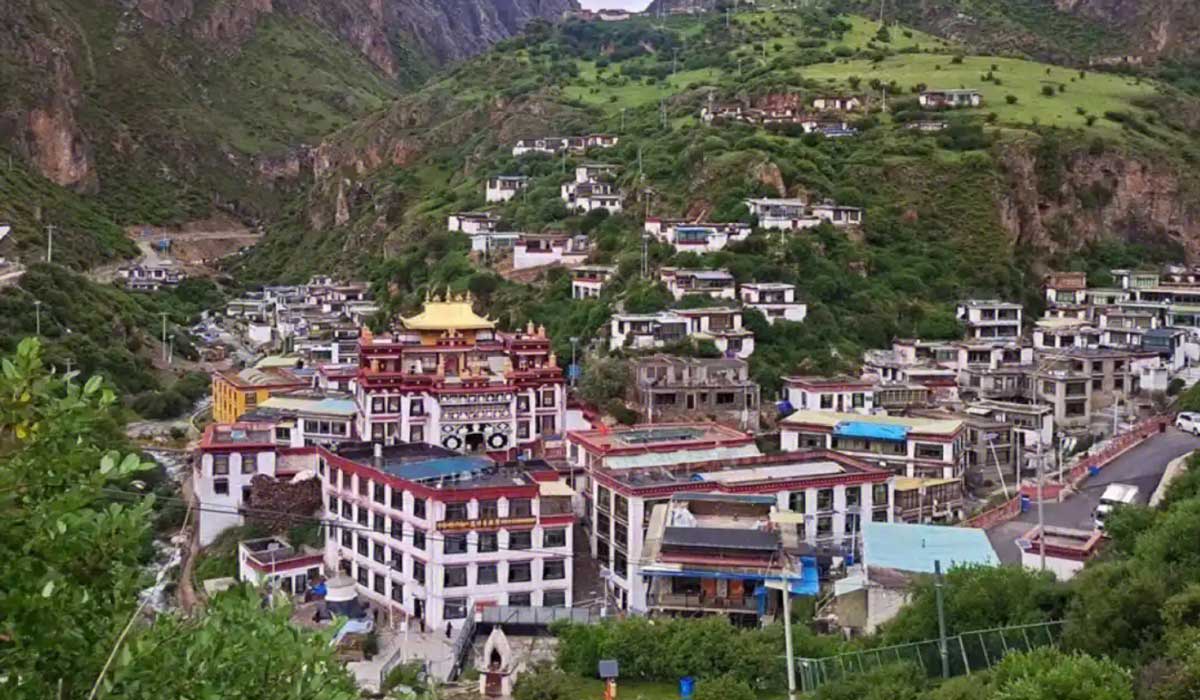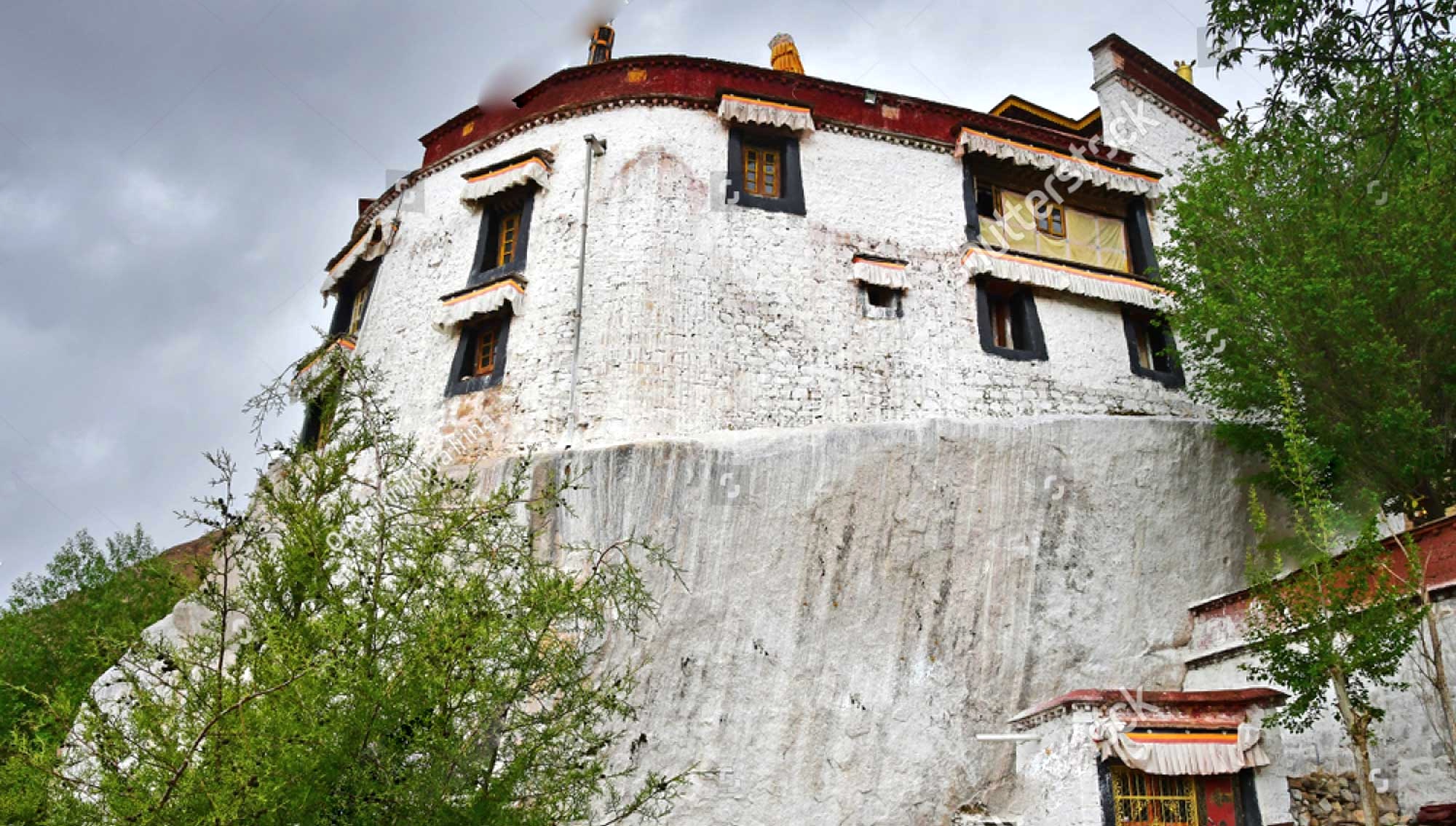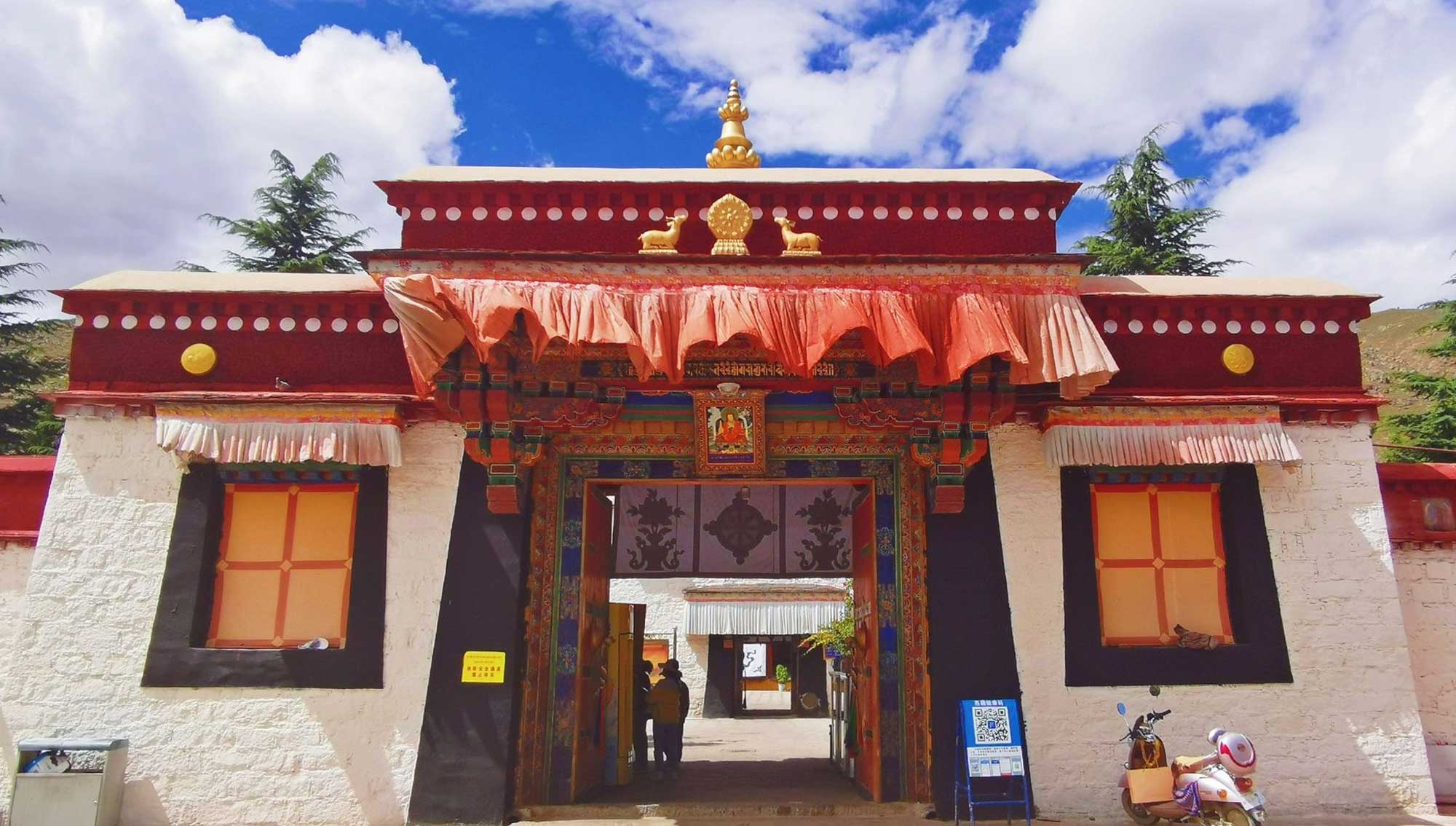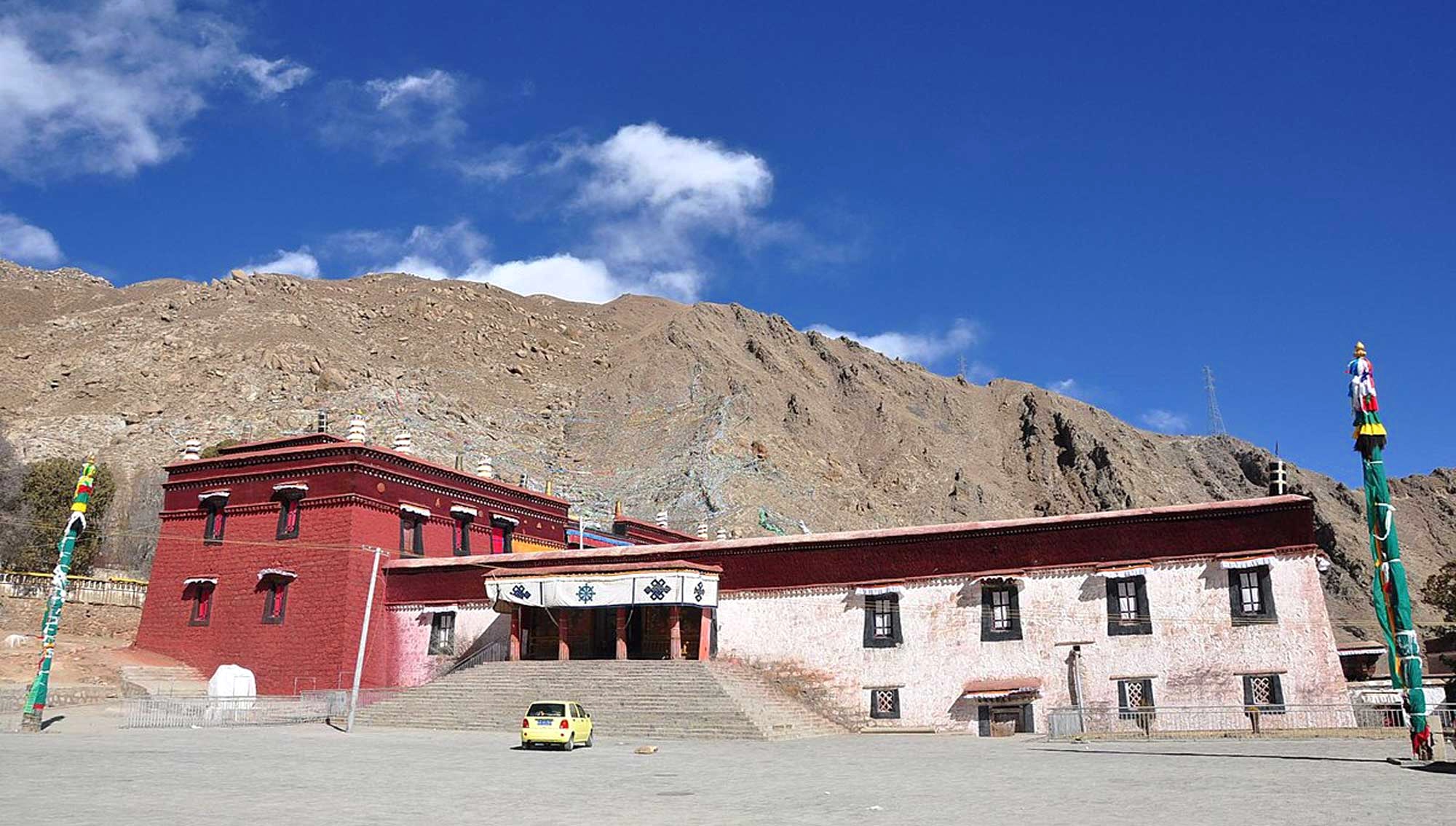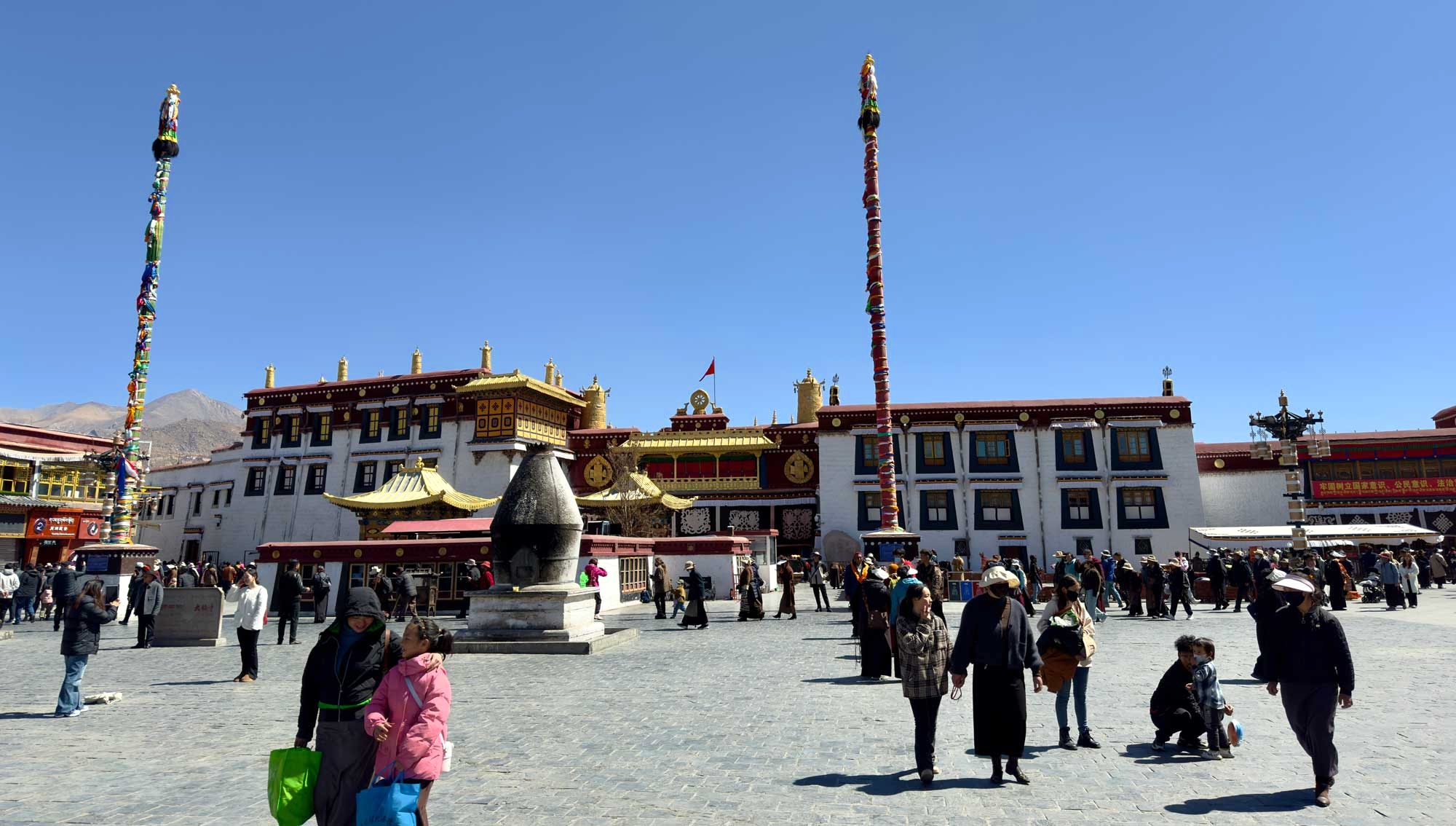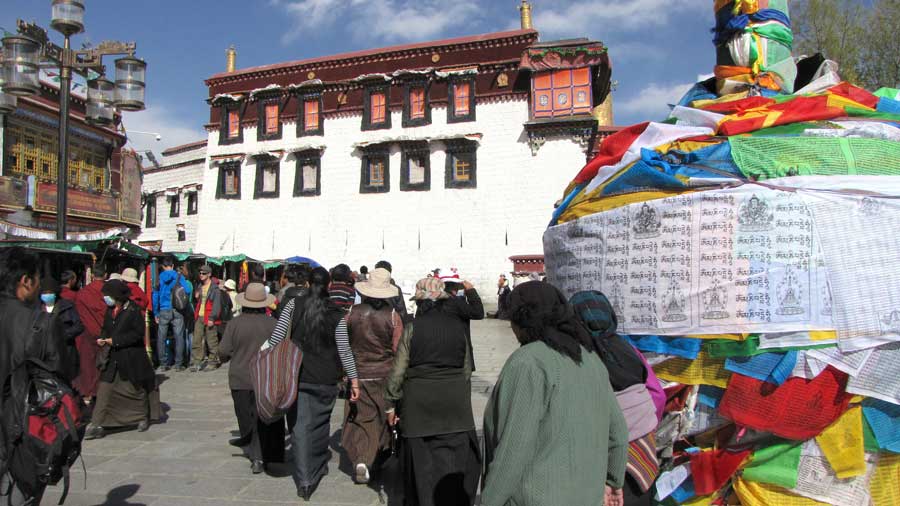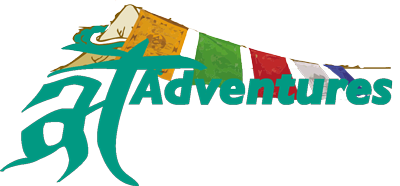
Drepung Monastery, located on the outskirts of Lhasa, Tibet, is one of the most significant and historically important monasteries in Tibetan Buddhism. Known as the largest monastery in Tibet, Drepung once housed up to 10,000 monks and played a crucial role in the spiritual and political landscape of the region. It is one of the Great Three Gelug monasteries, along with Sera and Ganden Monasteries. Today, it remains a major pilgrimage site and an essential destination for visitors interested in Tibetan culture and Buddhism.
History of Drepung Monastery
Drepung Monastery was founded in 1416 by Jamyang Chöje, a disciple of Tsongkhapa, the founder of the Gelug school of Tibetan Buddhism. The monastery quickly grew in size and importance, becoming the principal seat of learning for Tibetan monks.
For centuries, Drepung served as the residence of the Dalai Lamas before the construction of the Potala Palace in the 17th century. It was also an influential center for Buddhist education, producing some of the most learned scholars in Tibet. During its peak, it was home to thousands of monks, making it the largest monastery in the world.
Despite experiencing turmoil during the Cultural Revolution in the 1960s, when many of its buildings were damaged, Drepung Monastery has undergone restoration and remains a vital religious institution. Today, a smaller monastic community continues to live and study within its walls.
Architectural Features and Attractions
Drepung Monastery is a vast complex of temples, halls, courtyards, and residential quarters, spread across the mountainside. Some of the most notable attractions within the monastery include:
Ganden Palace: This section of the monastery was once the residence of the Dalai Lamas before the construction of the Potala Palace. It features exquisite murals and religious artifacts.
Coqen Hall: The main assembly hall, Coqen Hall, is a magnificent structure adorned with thangkas (Buddhist scroll paintings), statues, and ancient scriptures. This is where monks gather for prayer and teachings.
Four Dratsangs (Colleges): Drepung is divided into four main colleges—Loseling, Gomang, Deyang, and Ngagpa—each specializing in different aspects of Buddhist philosophy and debate.
Monastic Debates: Visitors can witness the famous Tibetan monastic debates, where monks engage in lively discussions on Buddhist doctrines.
Stunning Views: Perched on the mountainside, Drepung offers breathtaking views of the surrounding valley and Lhasa city.
How to Get to Drepung Monastery
Drepung Monastery is located approximately 8 kilometers west of downtown Lhasa. There are several ways to reach the monastery:
By Taxi: Taxis are a convenient way to reach Drepung Monastery from Lhasa. The journey takes around 20–30 minutes, depending on traffic. It is advisable to negotiate the fare beforehand or use a metered taxi.
By Public Bus: Visitors can take a local bus to the Drepung Monastery area and then hike uphill to the entrance. This is a more budget-friendly option but requires some walking.
By Tour Group: Many travel agencies in Lhasa offer guided tours that include transportation to Drepung Monastery along with other nearby attractions.
Best Time to Visit
The best time to visit Drepung Monastery is during the spring and autumn months (April to June and September to October), when the weather is mild and suitable for sightseeing. Summers can be warm, while winters can be extremely cold, although the monastery remains open year-round.
One of the most spectacular times to visit is during the annual Shoton Festival, also known as the Yogurt Festival. During this event, a giant thangka (Tibetan Buddhist painting) of the Buddha is unfurled on the hillside, attracting thousands of pilgrims and tourists.
How to Visit Drepung Monastery
Opening Hours and Entrance Fee
Opening Hours: 9:00 AM – 5:00 PM (hours may vary slightly depending on the season)
Entrance Fee: Around 60 RMB (subject to change)
Visitor Tips and Guidelines
Dress Modestly: As a sacred site, visitors should wear modest clothing that covers the shoulders and knees. Avoid wearing hats inside prayer halls.
Respect Monastic Customs: Do not touch religious artifacts or disturb monks during their prayers and meditation.
Walk Clockwise: When circumambulating temples and prayer wheels, always walk in a clockwise direction as per Tibetan Buddhist customs.
Photography: Some areas allow photography, but it is usually prohibited inside temples. Always ask for permission before taking pictures.
Bring Water and Snacks: Since the monastery is located on a hillside, the visit involves a lot of walking. Carrying water and light snacks is recommended.
Exploring Nearby Attractions
Visitors to Drepung Monastery can also explore other important sites nearby:
Nechung Monastery: Located just downhill from Drepung, Nechung Monastery was the seat of the Tibetan State Oracle, who played an advisory role to the Dalai Lamas.
Sera Monastery: Another of the Great Three Gelug monasteries, Sera Monastery is famous for its monastic debates and stunning artwork.
Potala Palace: The iconic former residence of the Dalai Lama, Potala Palace is a must-visit site in Lhasa.
Conclusion
Drepung Monastery remains one of the most important and revered sites in Tibet, offering visitors a glimpse into the rich spiritual and historical legacy of Tibetan Buddhism. Whether you are a history enthusiast, a cultural traveler, or a Buddhist pilgrim, a visit to Drepung Monastery is an unforgettable experience. With its stunning architecture, breathtaking views, and deep spiritual significance, this monastery is a true testament to Tibet's enduring religious traditions.
Attractions Nearby
Namtso Lake, a sacred Tibetan site, offers breathtaking views, crystal-clear waters, and serene high-altitude beauty…
Ganden Monastery, perched on a mountain, offers stunning views, rich history, and deep Tibetan Buddhist significance.
Drak Yerpa, a sacred Tibetan retreat, features ancient caves, stunning landscapes, and spiritual tranquility for pilgrims…
Norbulingka, the Dalai Lama’s summer palace, boasts beautiful gardens, rich Tibetan culture, and historical significance.
Ramoche Temple, a sacred Lhasa site, features intricate Tibetan architecture and revered Buddhist relics and statues…
Tsurphu Monastery, a spiritual center, offers stunning landscapes, ancient Tibetan architecture, and deep religious significance…
Drigung Til Monastery, renowned for its scenic beauty, offers profound spiritual significance and stunning Tibetan architecture…
Reting Monastery, a historic Tibetan site, features rich religious heritage, peaceful surroundings, and stunning mountain views…
Tidrum Nunnery, a peaceful retreat, offers spiritual solitude, beautiful landscapes, and a deep connection to Tibetan Buddhism…
Shugsheb Nunnery, a serene Tibetan retreat, blends spiritual tranquility, stunning views, and deep Buddhist cultural heritage…
Pabonka Monastery, one of Tibet’s oldest, offers profound spiritual significance, stunning views, and rich historical heritage.
Nyethang Drolma Temple, a sacred Tibetan site, offers spiritual serenity, beautiful architecture, and deep Buddhist significance…
Nechung Monastery, a sacred Tibetan site, is known for its oracle traditions, stunning views, and spiritual significance…
Potala Palace, Lhasa’s iconic landmark, showcases stunning architecture, rich history, and profound spiritual significance…
Jokhang Temple, Lhasa’s spiritual heart, is a sacred pilgrimage site with rich Tibetan Buddhist heritage…
Sera Monastery, Lhasa’s renowned Buddhist center, offers captivating debates, ancient teachings, and stunning Tibetan architecture…
Drepung Monastery, one of Tibet’s largest, offers rich history, stunning architecture, and deep spiritual significance…
Stroll Barkhor Street, Lhasa’s vibrant hub of culture, spirituality, bustling markets, traditional crafts, and sacred ambiance.
Offers to inspire you
5 Day-Trip to Lhasa City
Making it an unmissable destination for travelers seeking to trip to Lhasa city and explore the essence of Tibet.
7 Day-Lhasa & Shigatse Cultural Exploration
Travel through Tibet’s breathtaking landscapes.

